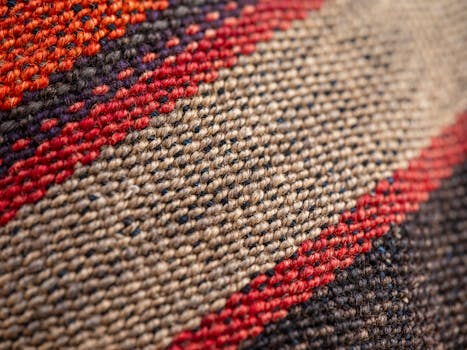Connecting Cultures: The Story Behind Africa’s Diverse Fiber Traditions

Connecting Cultures: The Story Behind Africa’s Diverse Fiber Traditions
Connecting Cultures: The Story Behind Africa’s Diverse Fiber Traditions. Africa is a continent renowned for its rich cultural diversity, and one of the most significant expressions of this diversity is found in its vibrant and varied fiber traditions. From the colorful kente cloth of Ghana to the intricate berber weaving of Morocco, each country and region has its own distinct textile heritage. In this article, we will delve into the story behind Africa’s diverse fiber traditions, exploring their history, significance, and the role they play in connecting cultures.
A Brief History of African Fiber Traditions
African fiber traditions have a long and complex history that spans thousands of years. The use of fibers such as cotton, wool, and silk dates back to ancient times, with evidence of textile production found in the pyramids of Egypt and the kingdoms of West Africa. Over time, different regions and cultures developed their own unique textile traditions, often influenced by their geographical location, climate, and cultural exchange. For example, the berber people of North Africa developed a distinctive weaving tradition that incorporated wool and silk, while the Yoruba people of Nigeria created intricate textiles using cotton and dye.
Significance of African Fiber Traditions
African fiber traditions are more than just a means of creating clothing and textiles; they are an integral part of the continent’s cultural heritage. Each tradition has its own unique significance, often reflecting the history, mythology, and values of the community that created it. For example, the kente cloth of Ghana is a symbol of royalty and prestige, while the adire cloth of Nigeria is a representation of the Yoruba people’s rich cultural heritage. African fiber traditions also play a significant role in connecting cultures, both within Africa and beyond. They have been a source of inspiration for artists, designers, and musicians around the world, and have helped to promote cross-cultural understanding and exchange.
Preserving African Fiber Traditions
Despite their significance, many African fiber traditions are under threat due to the impact of globalization and urbanization. The introduction of synthetic fibers and cheap, mass-produced textiles has led to a decline in traditional textile production, and many young people are no longer interested in learning the skills and techniques of their ancestors. However, there are many organizations and individuals working to preserve and promote African fiber traditions. For example, the African Textile Museum in Ghana is dedicated to preserving and promoting the country’s rich textile heritage, while the Berber Cultural Center in Morocco is working to preserve the traditional weaving techniques of the berber people.
Conclusion
In conclusion, Africa’s diverse fiber traditions are a testament to the continent’s rich cultural heritage. Each tradition has its own unique story to tell, reflecting the history, mythology, and values of the community that created it. By exploring and preserving these traditions, we can gain a deeper understanding of the cultural diversity of Africa and the significance of textile art in connecting cultures. Whether you are an artist, designer, or simply someone who appreciates the beauty of traditional textiles, African fiber traditions have something to offer.



